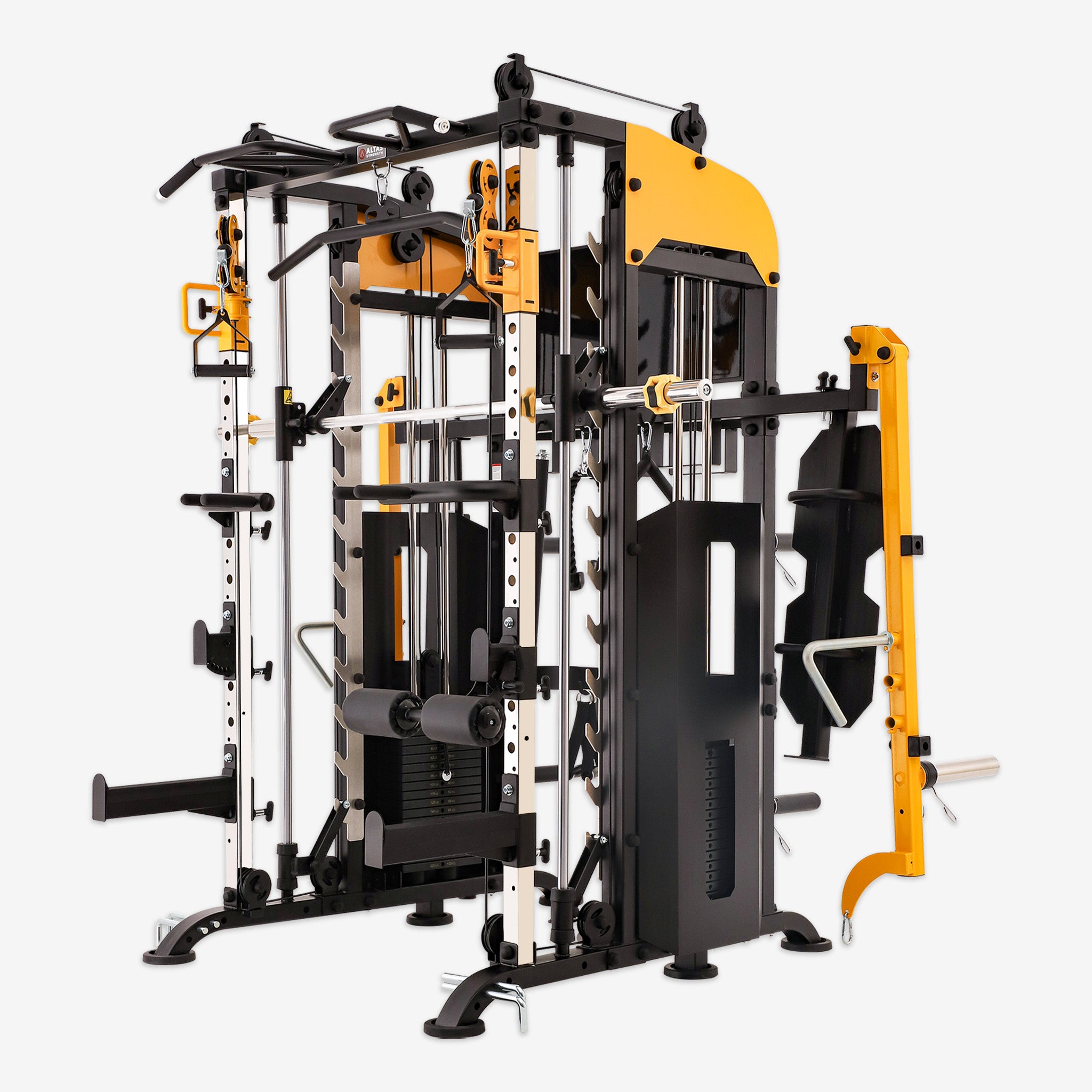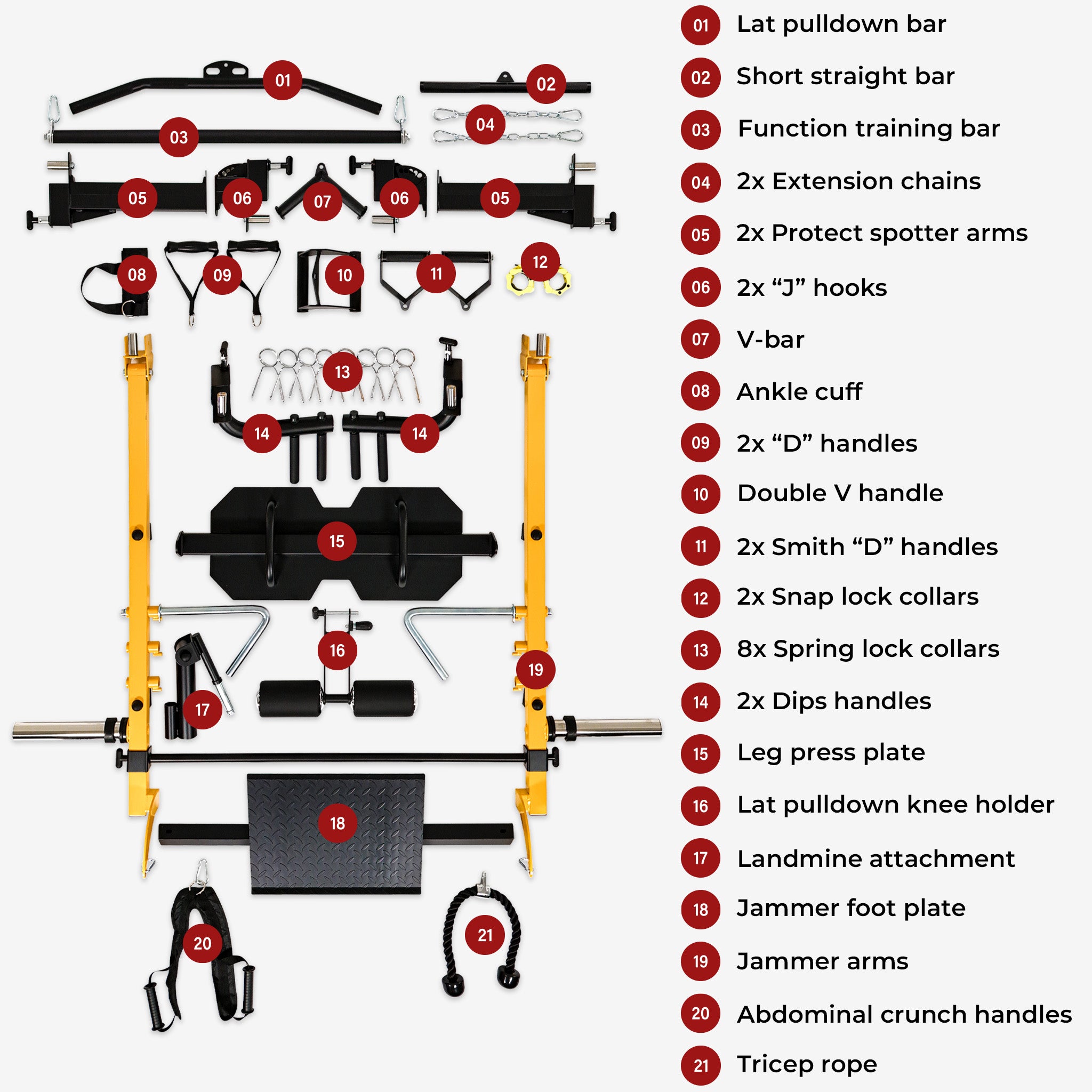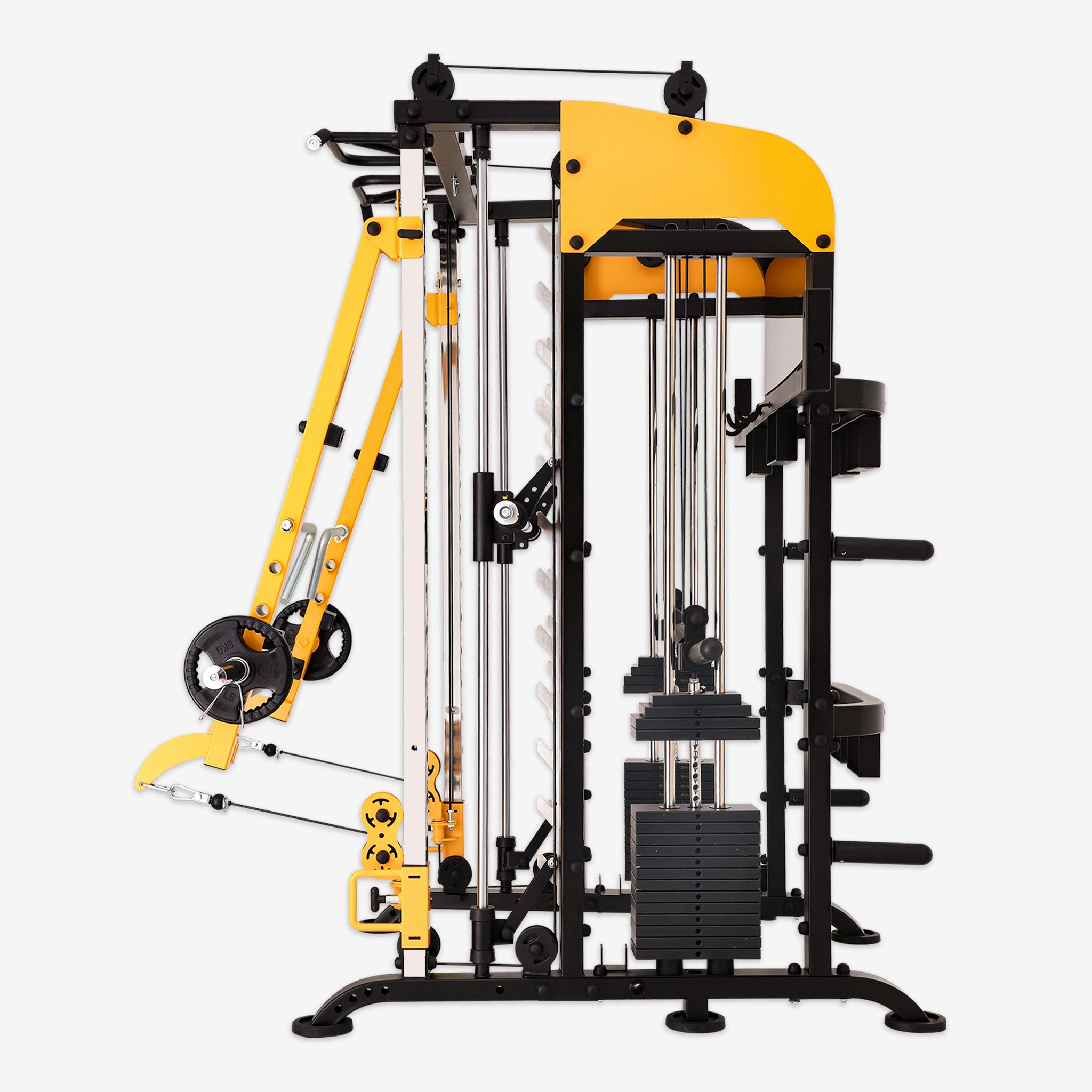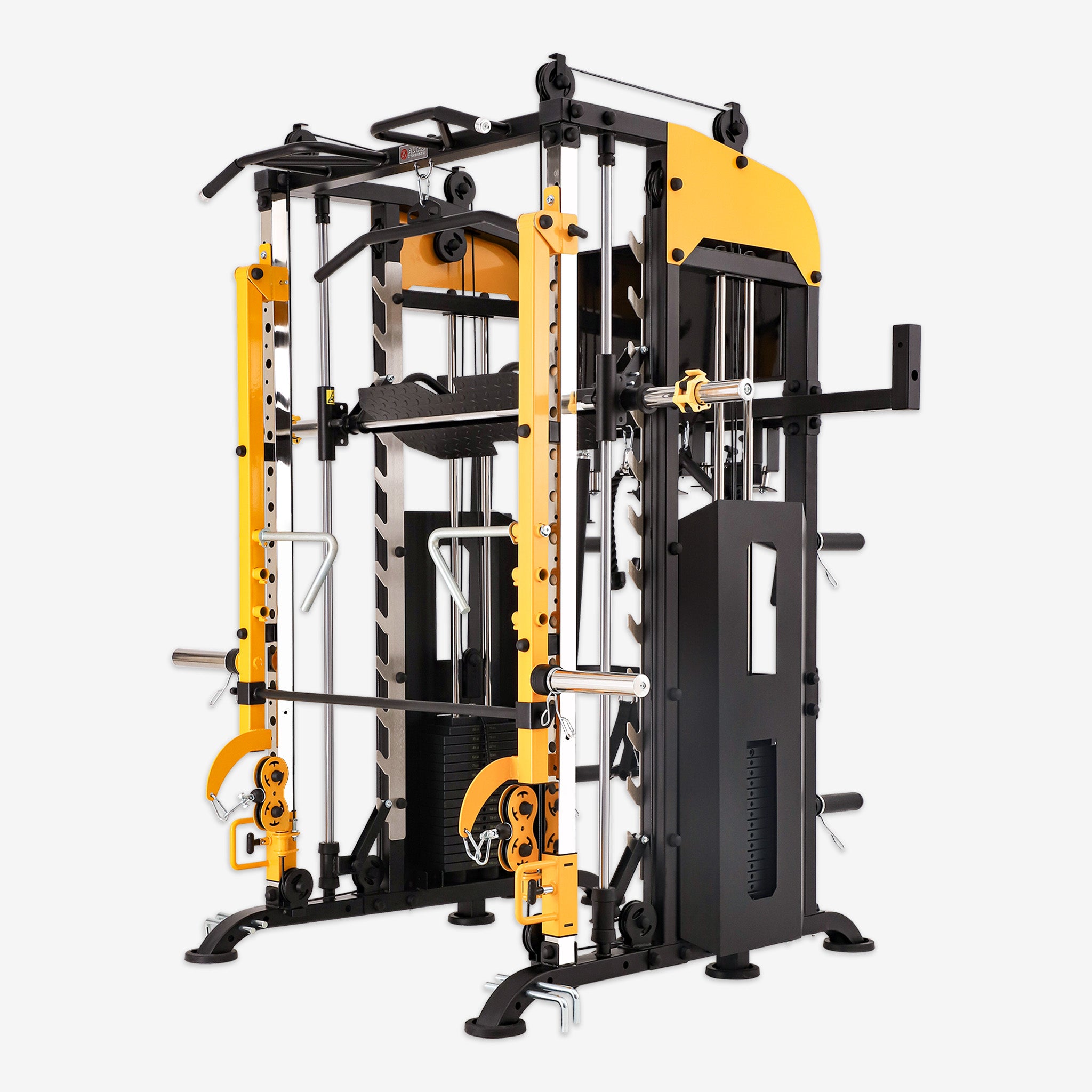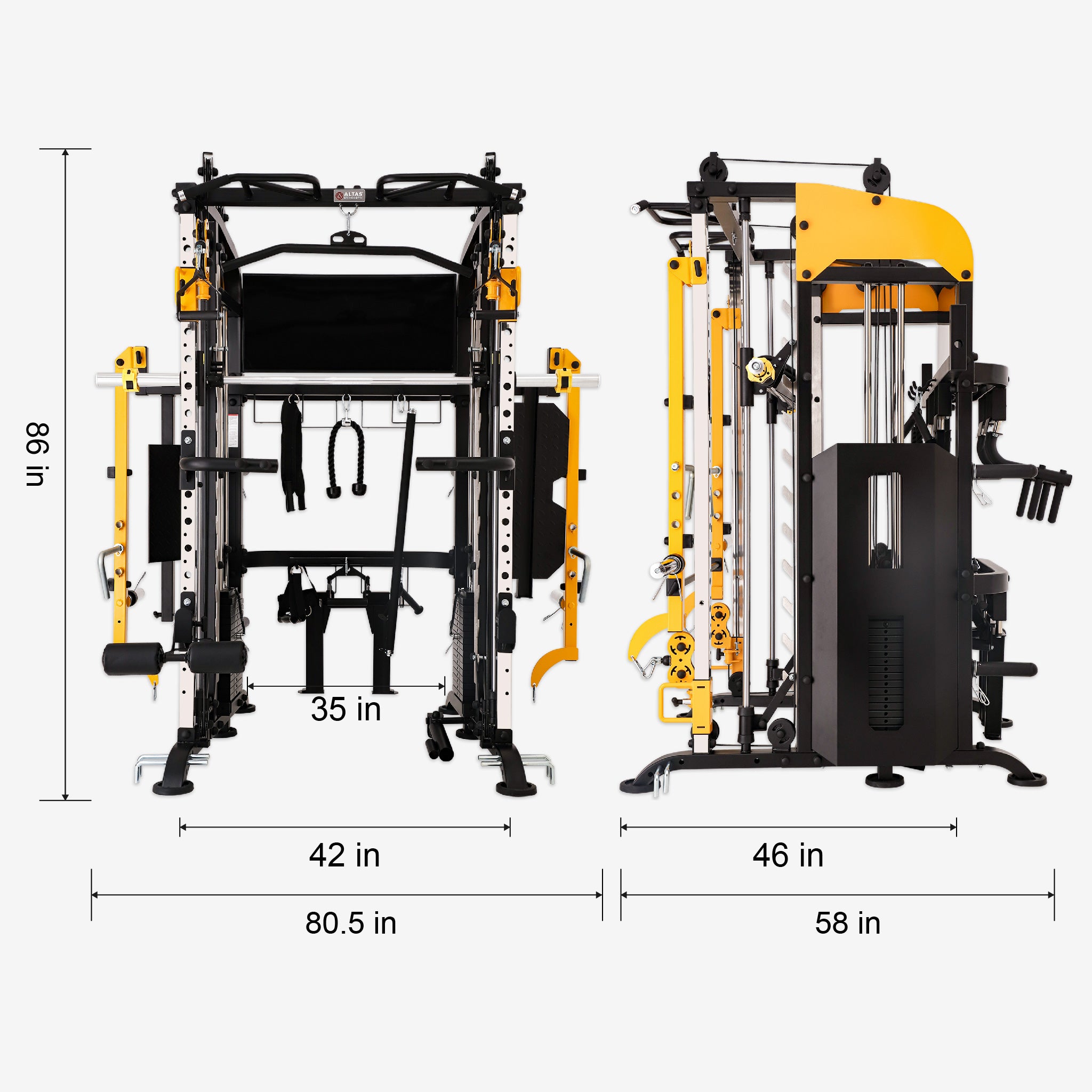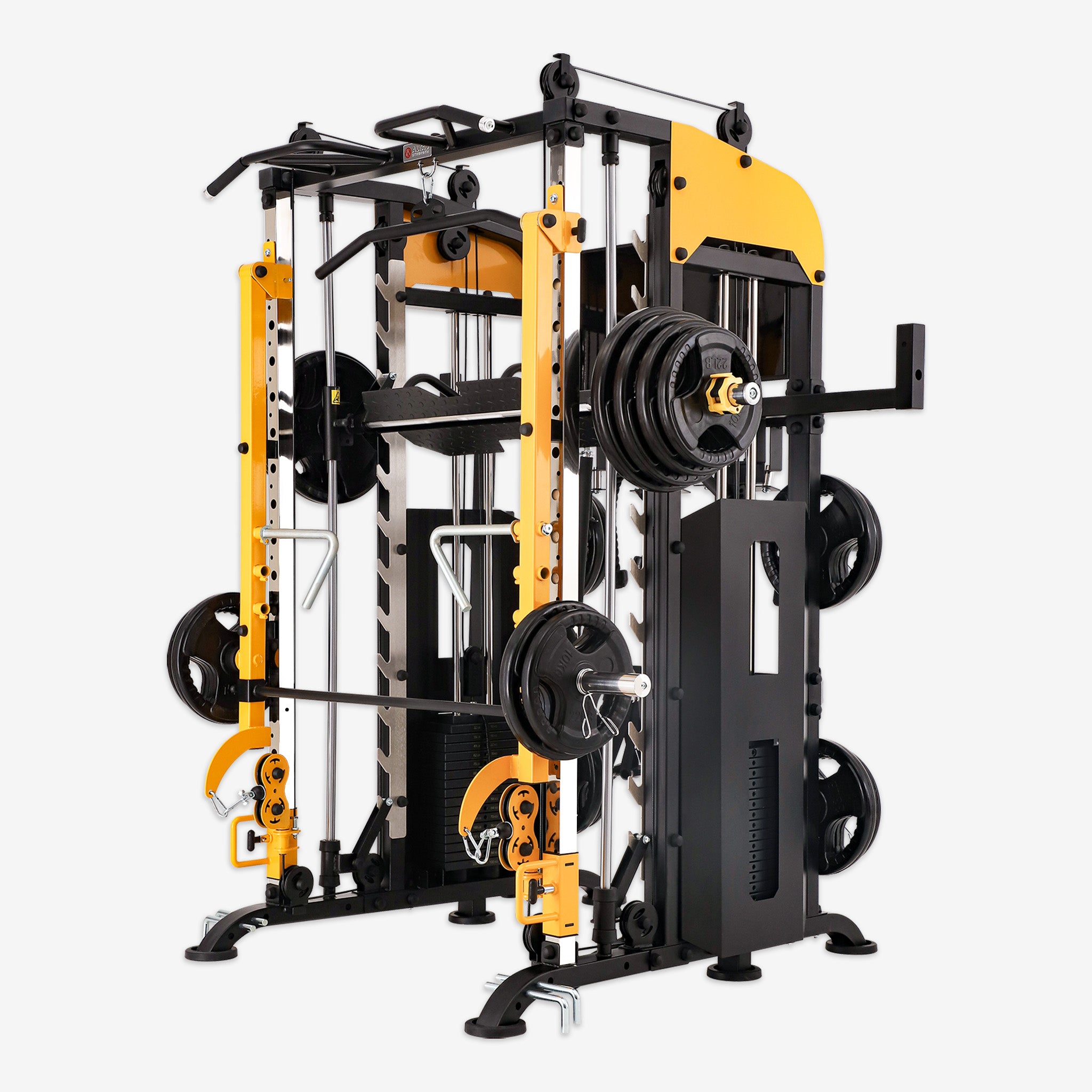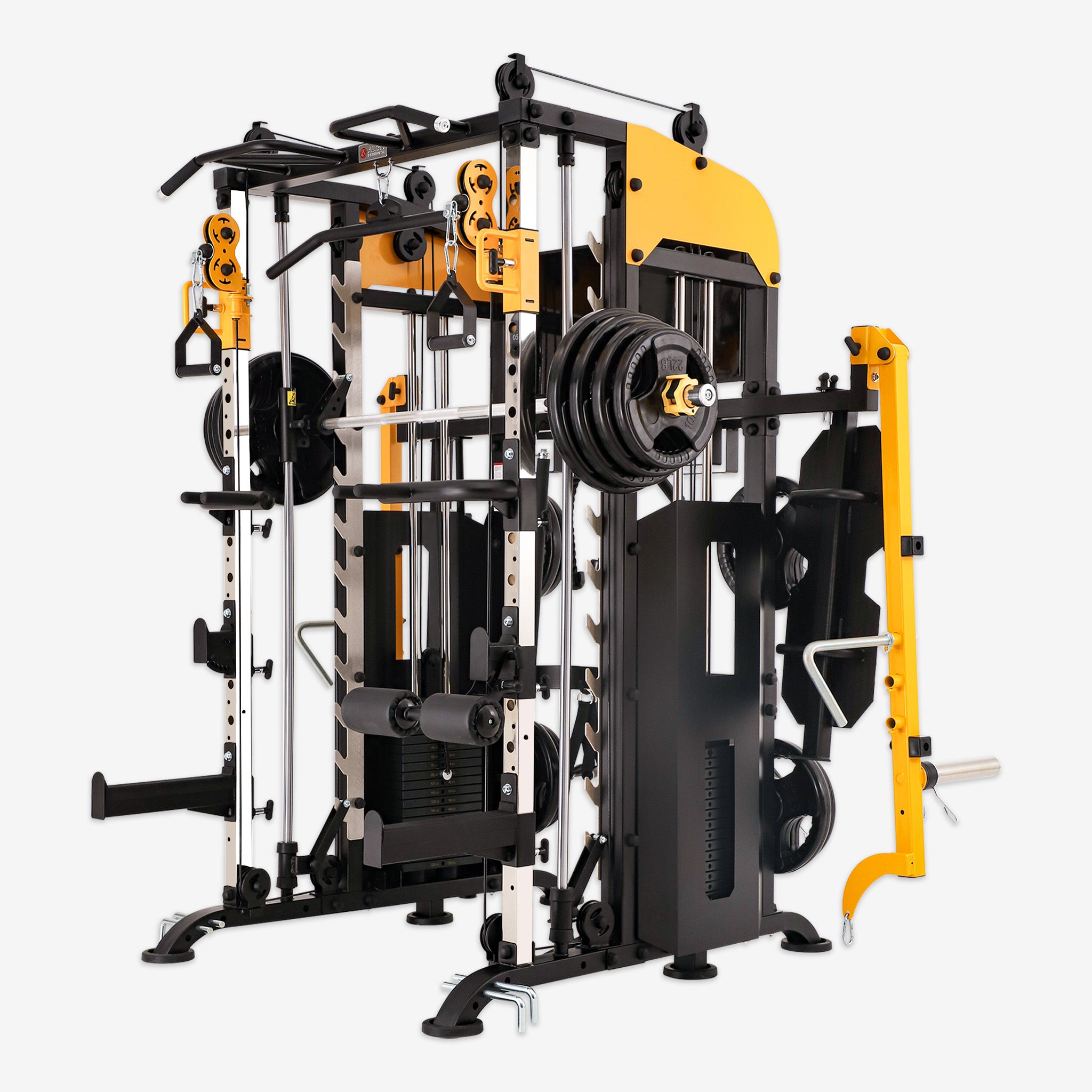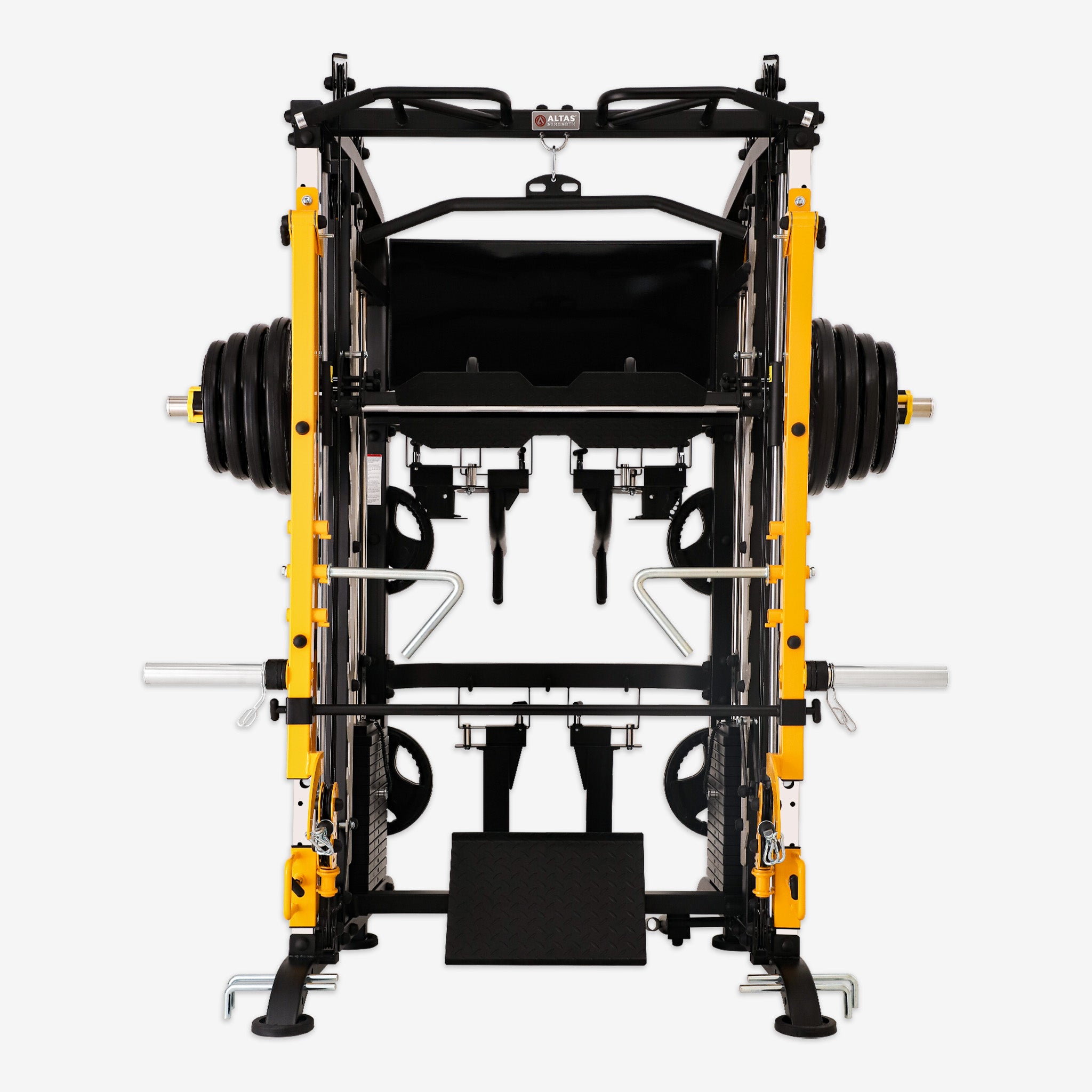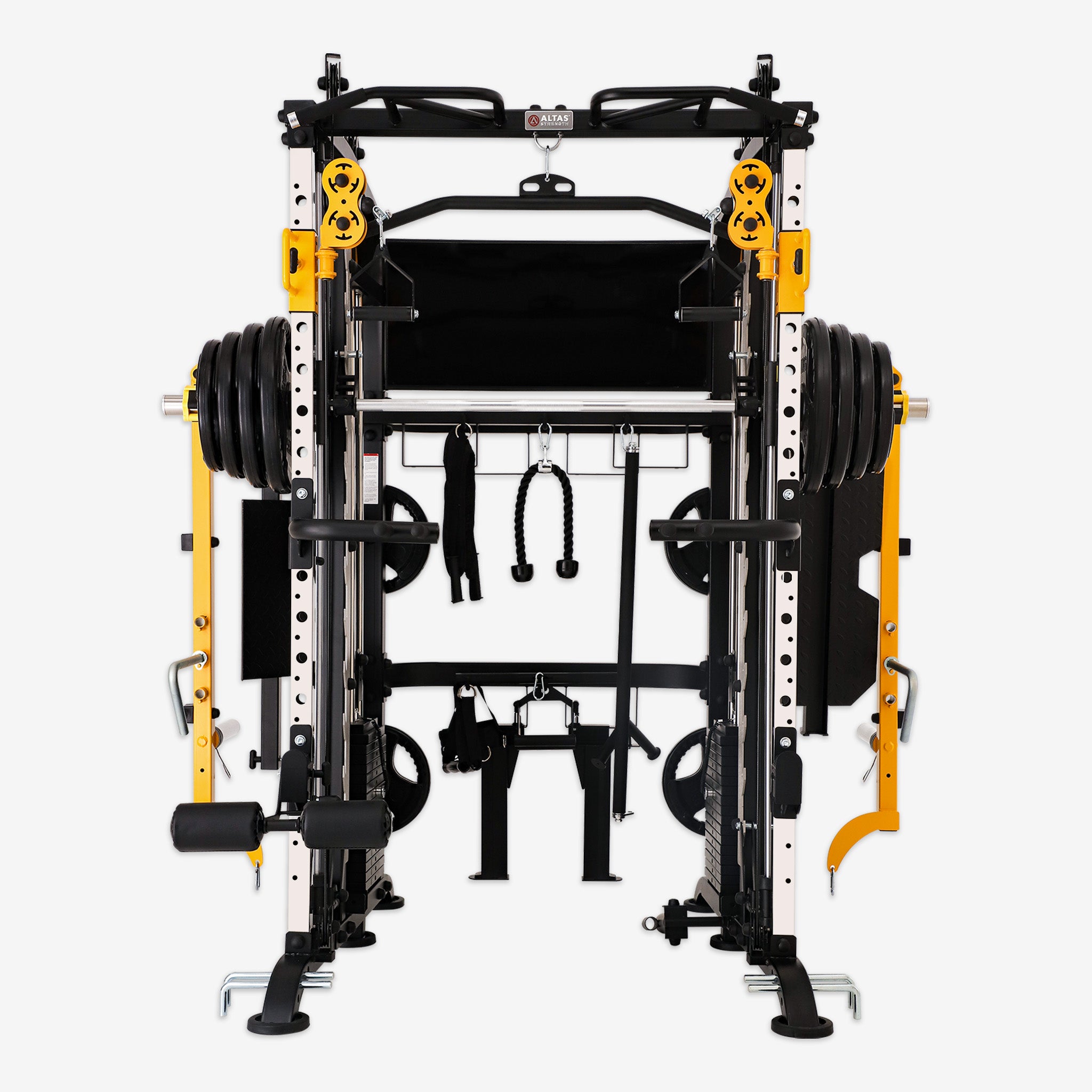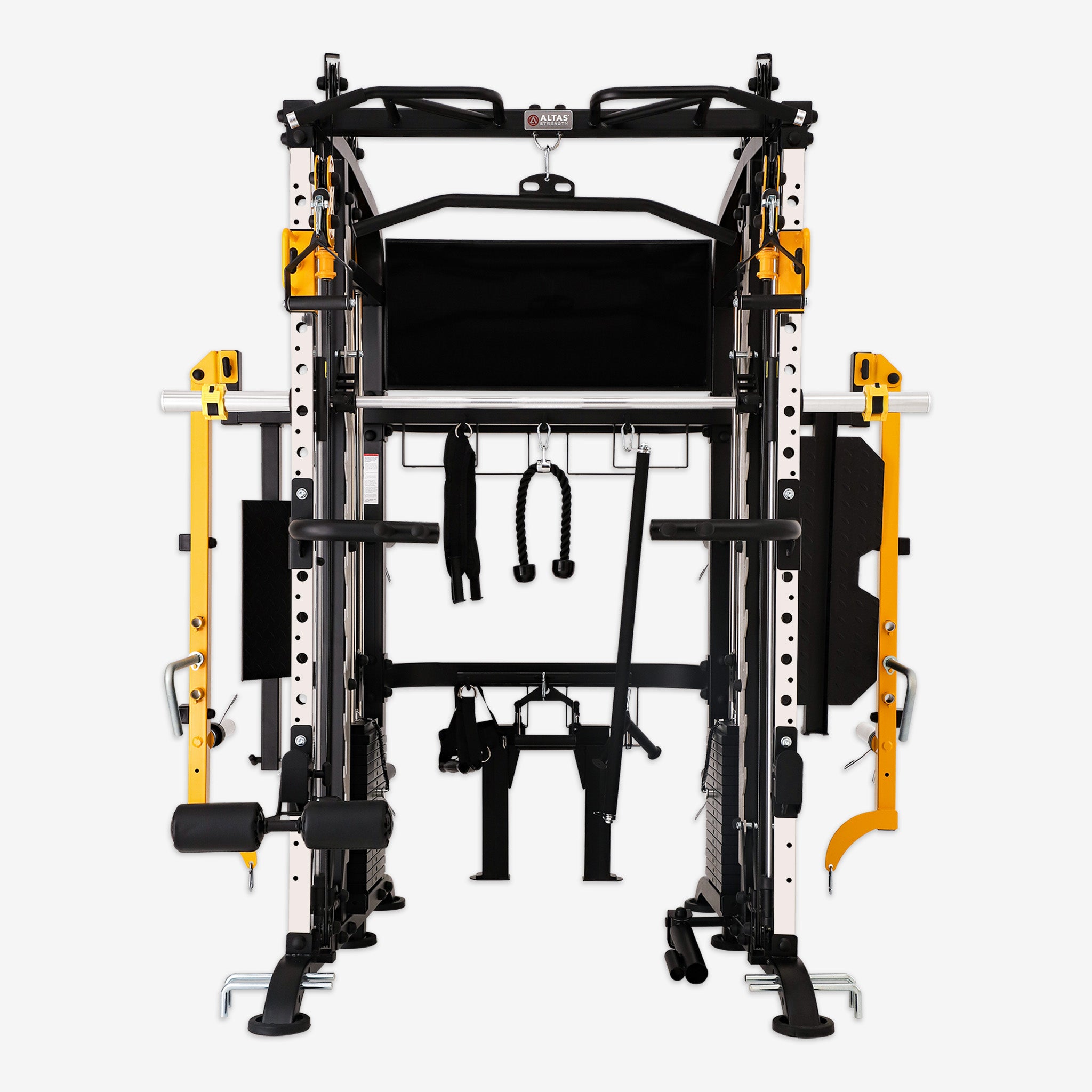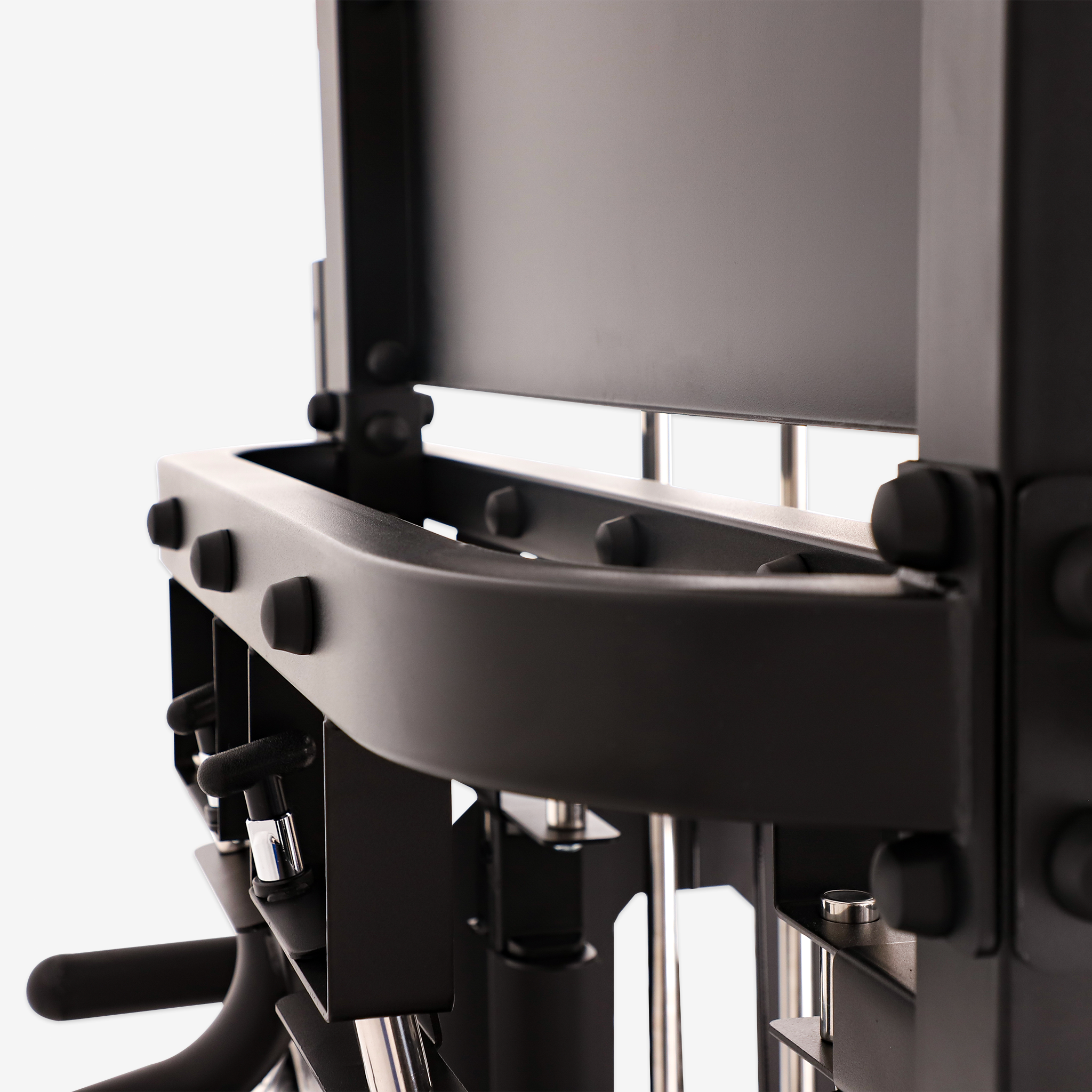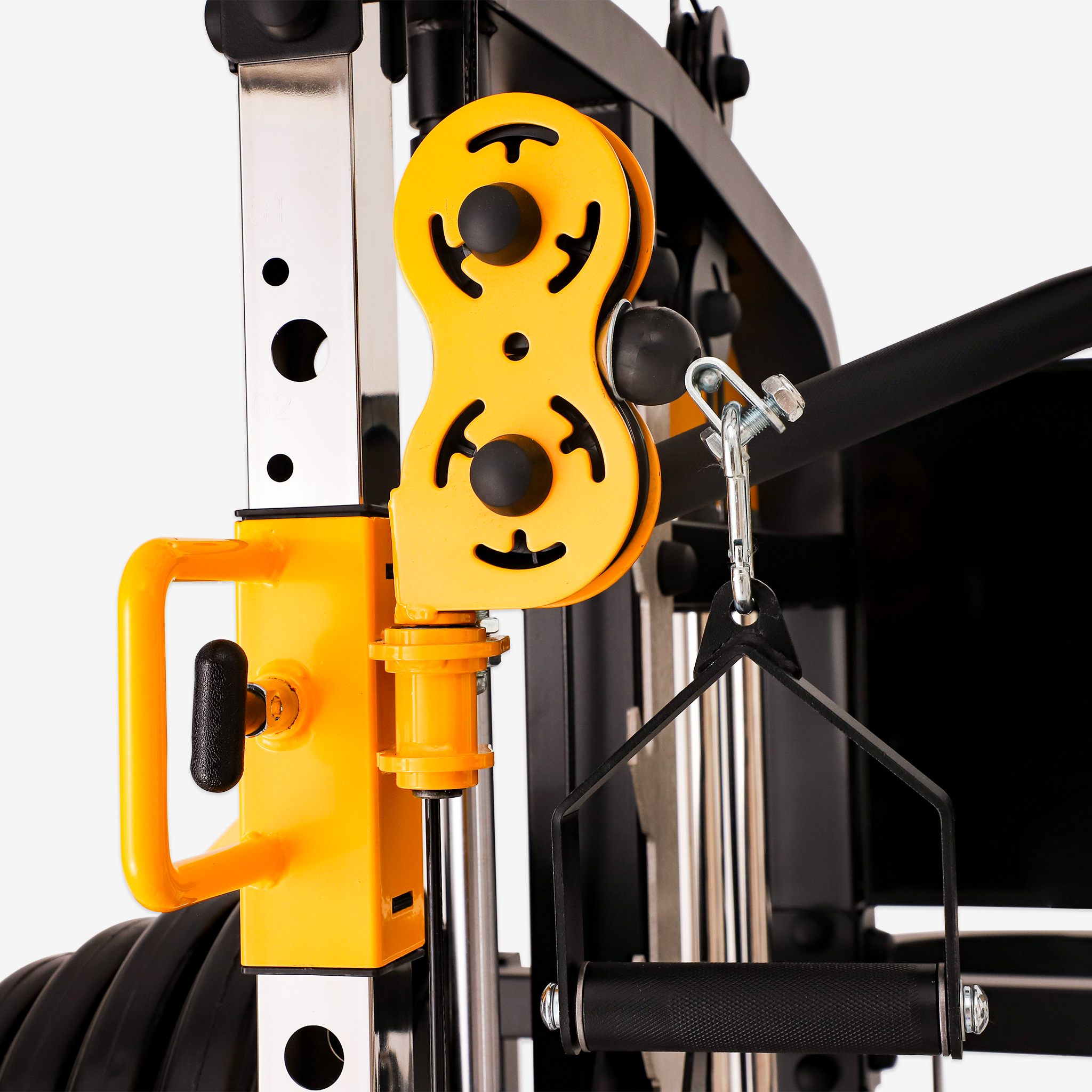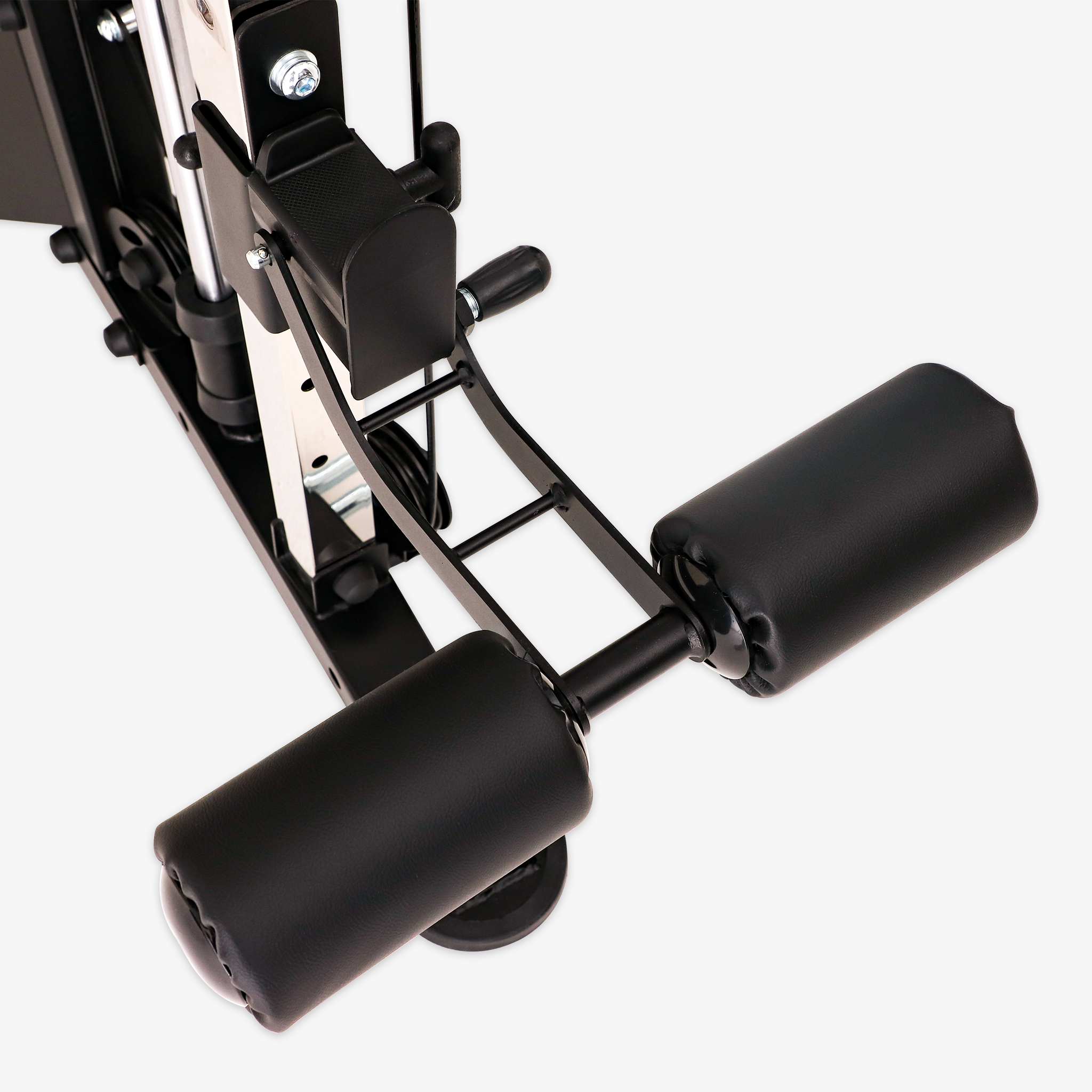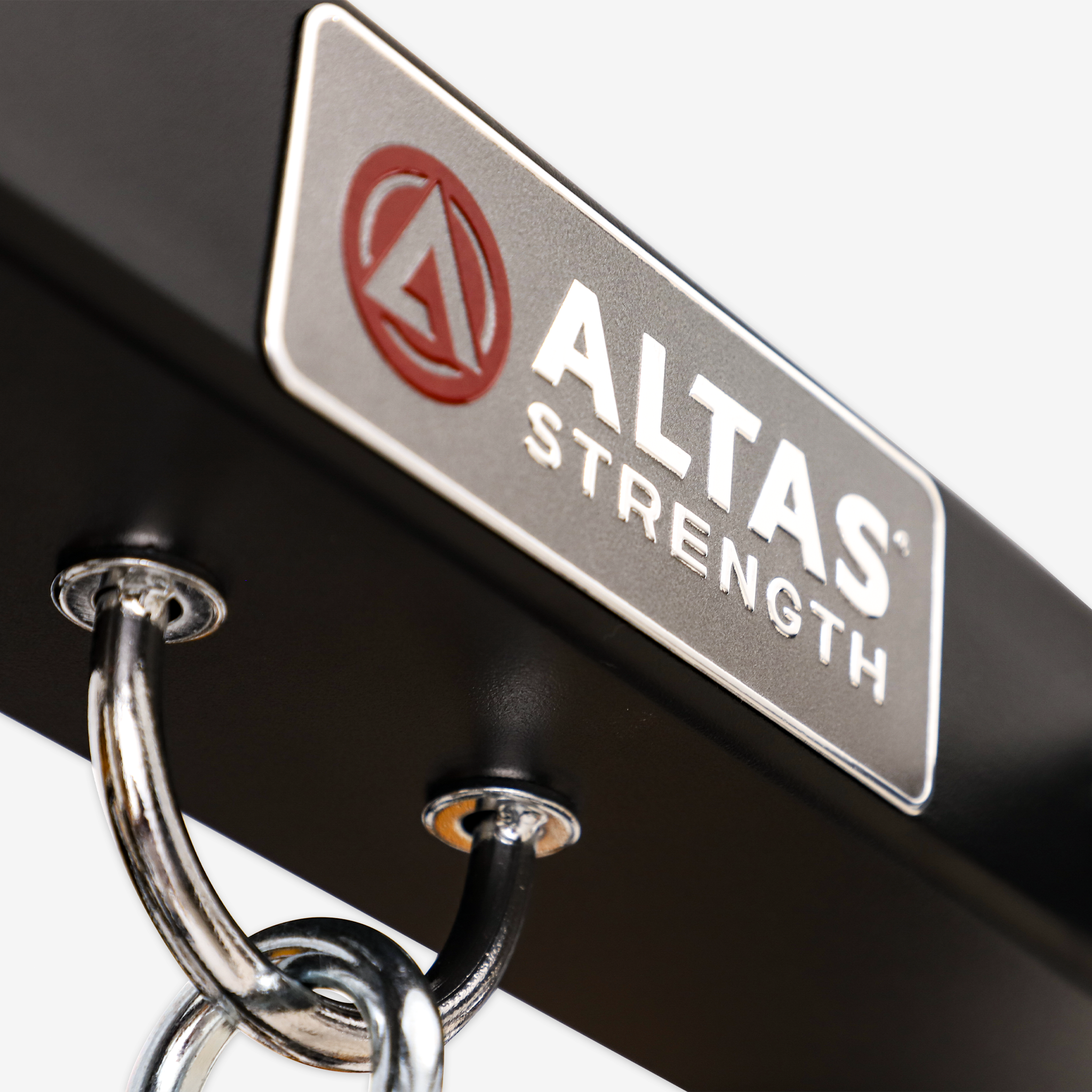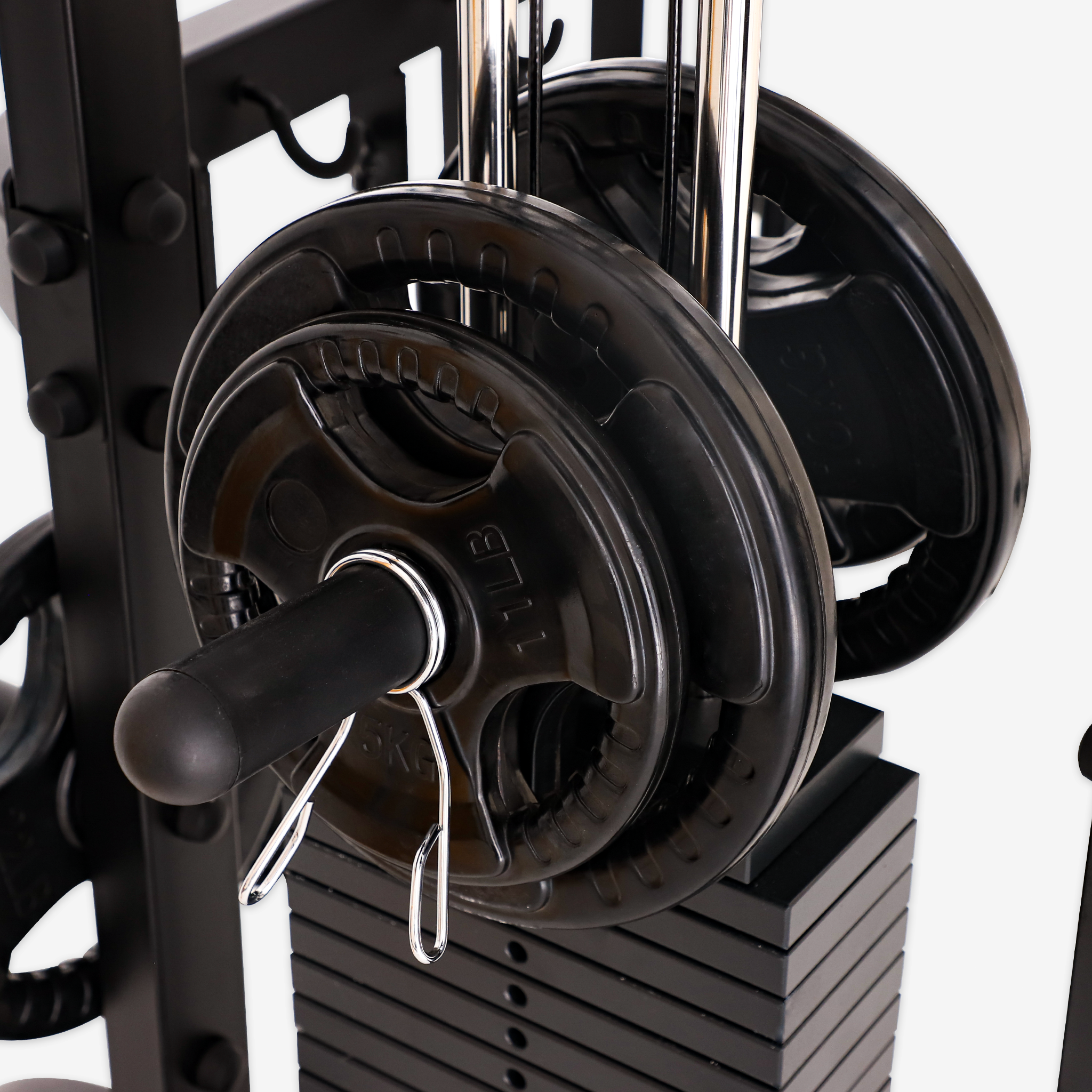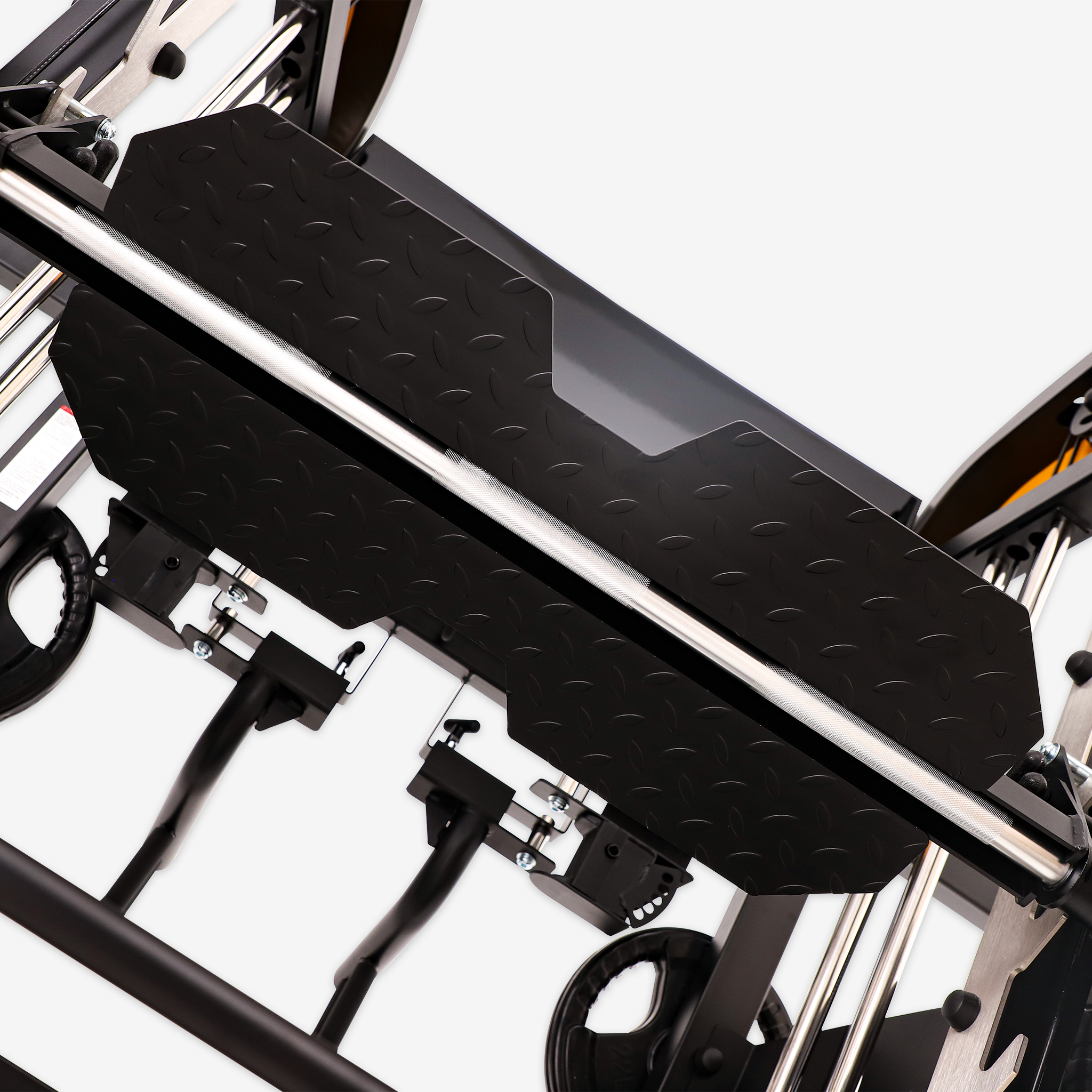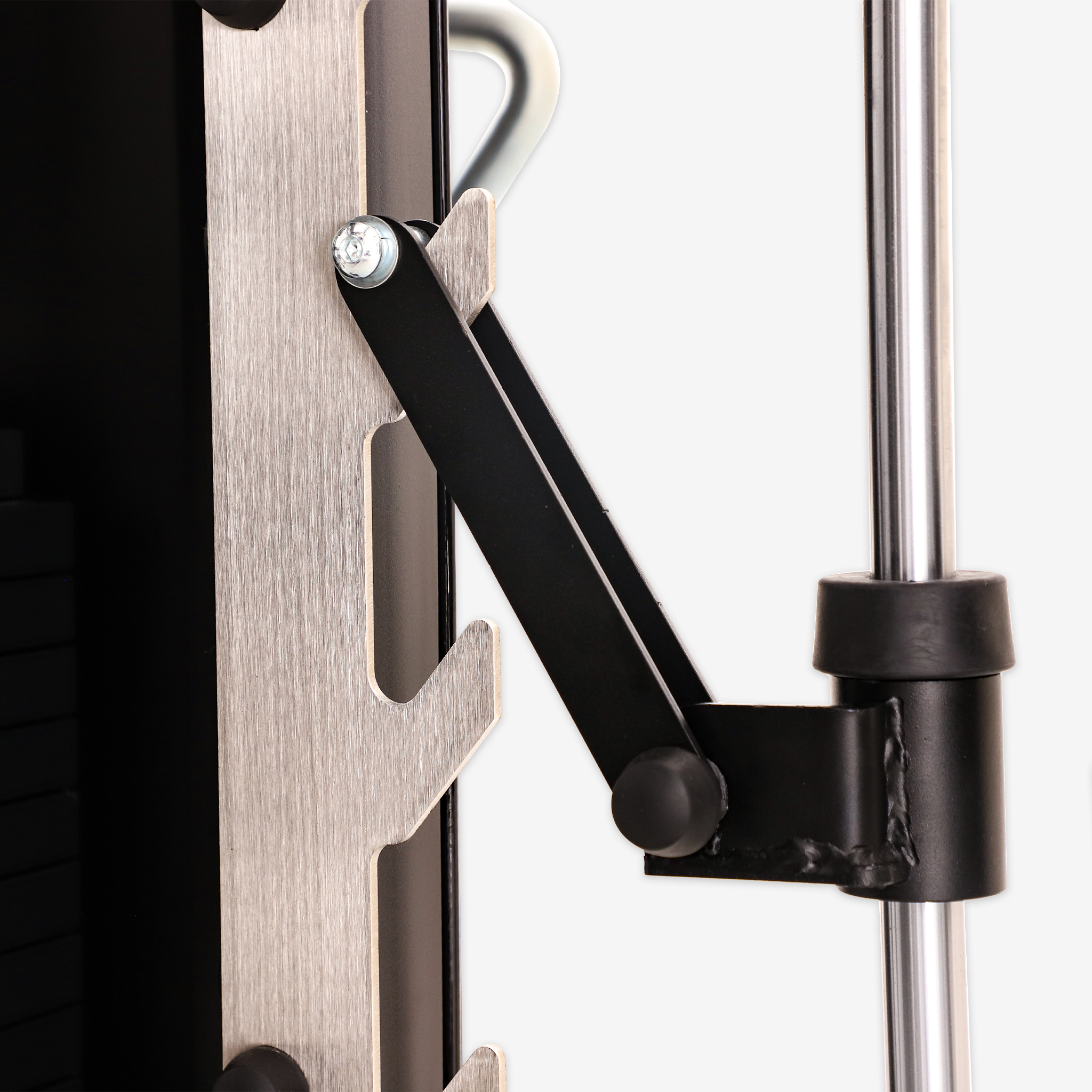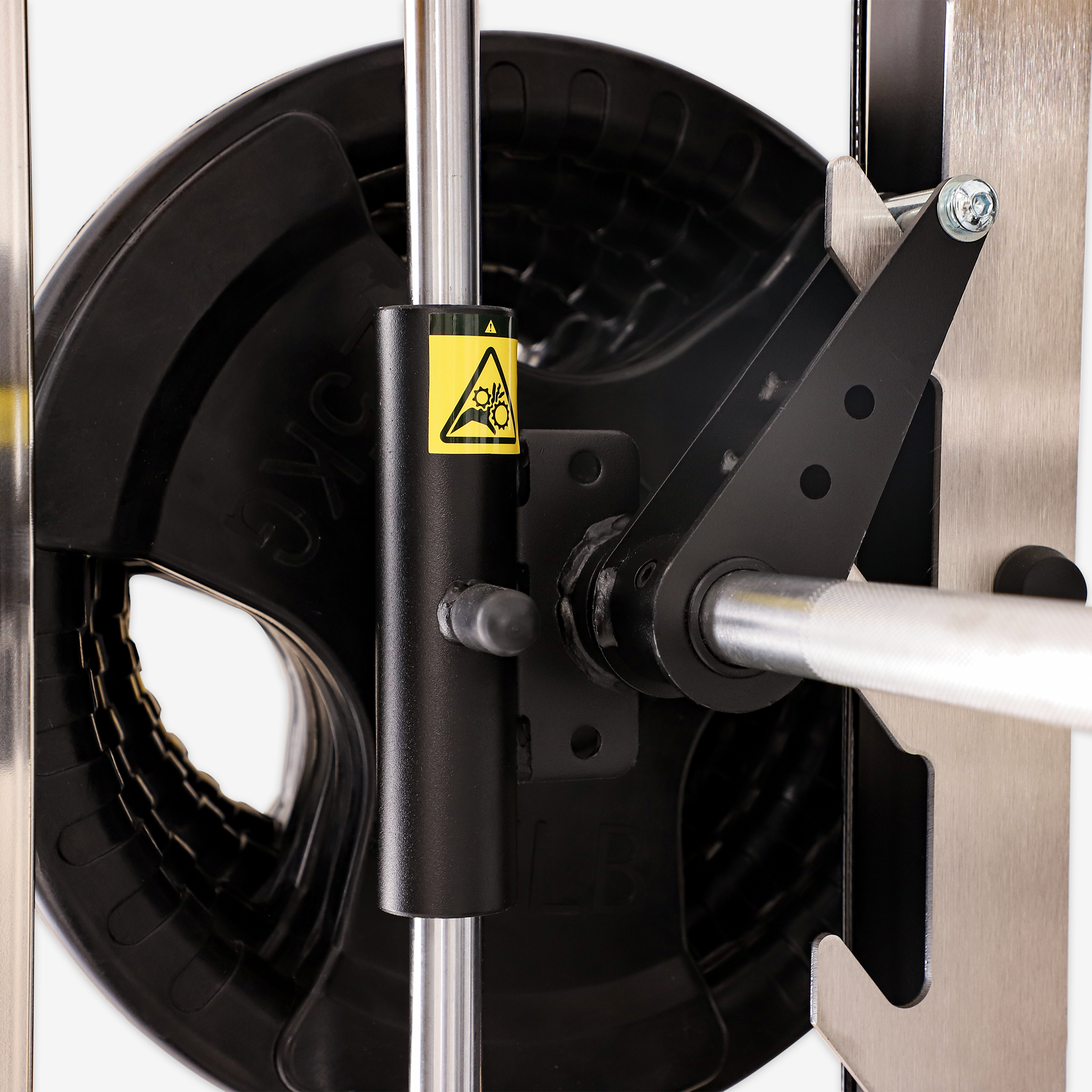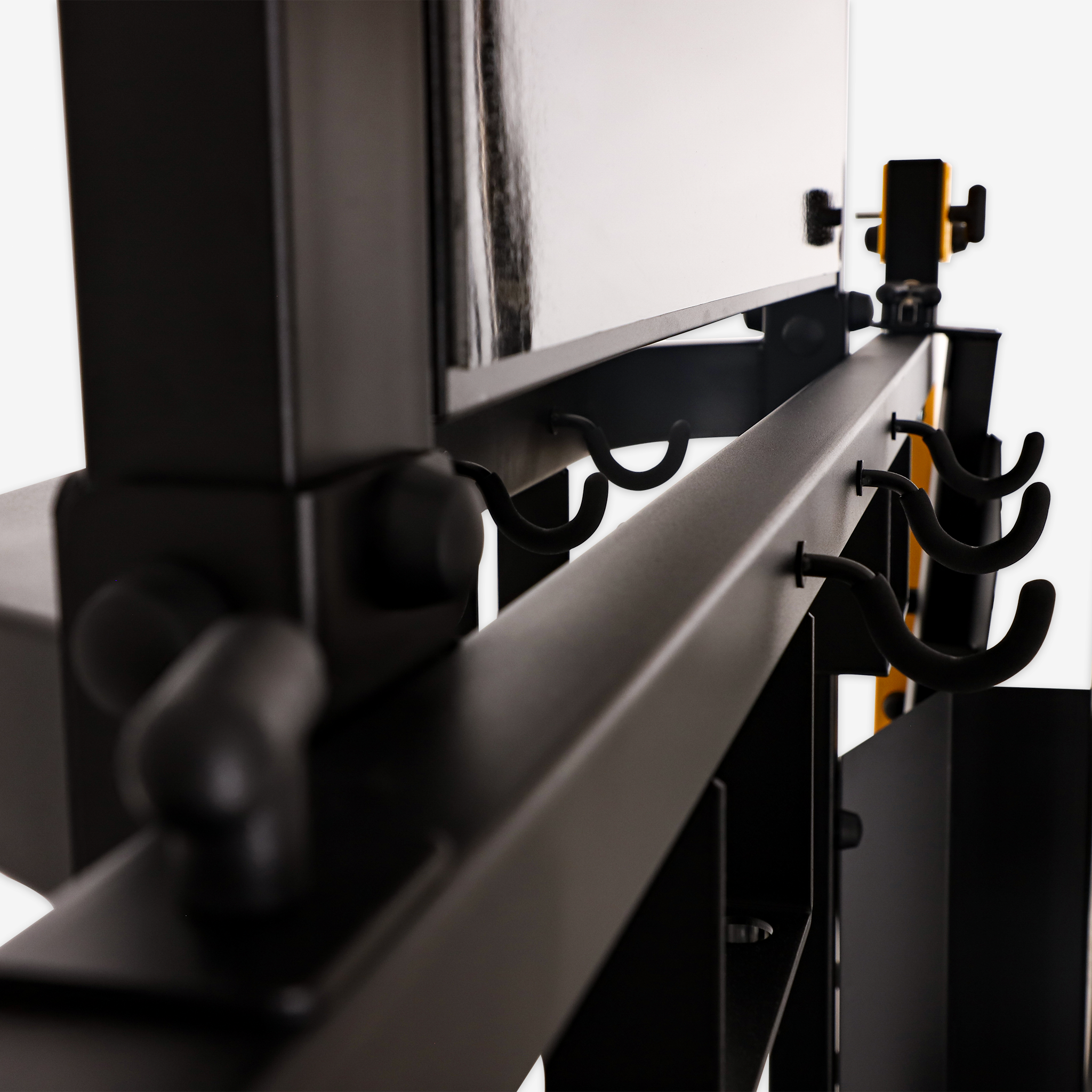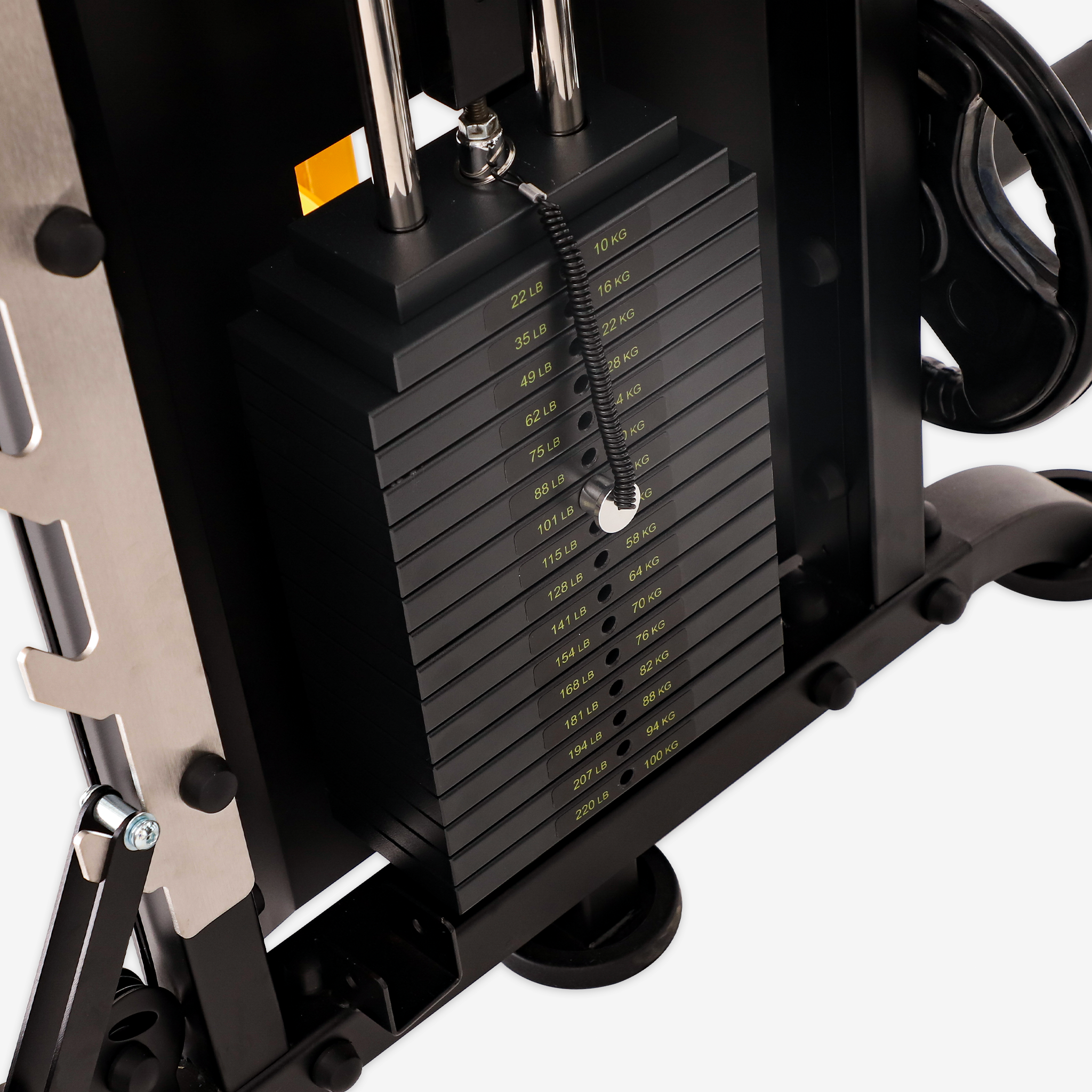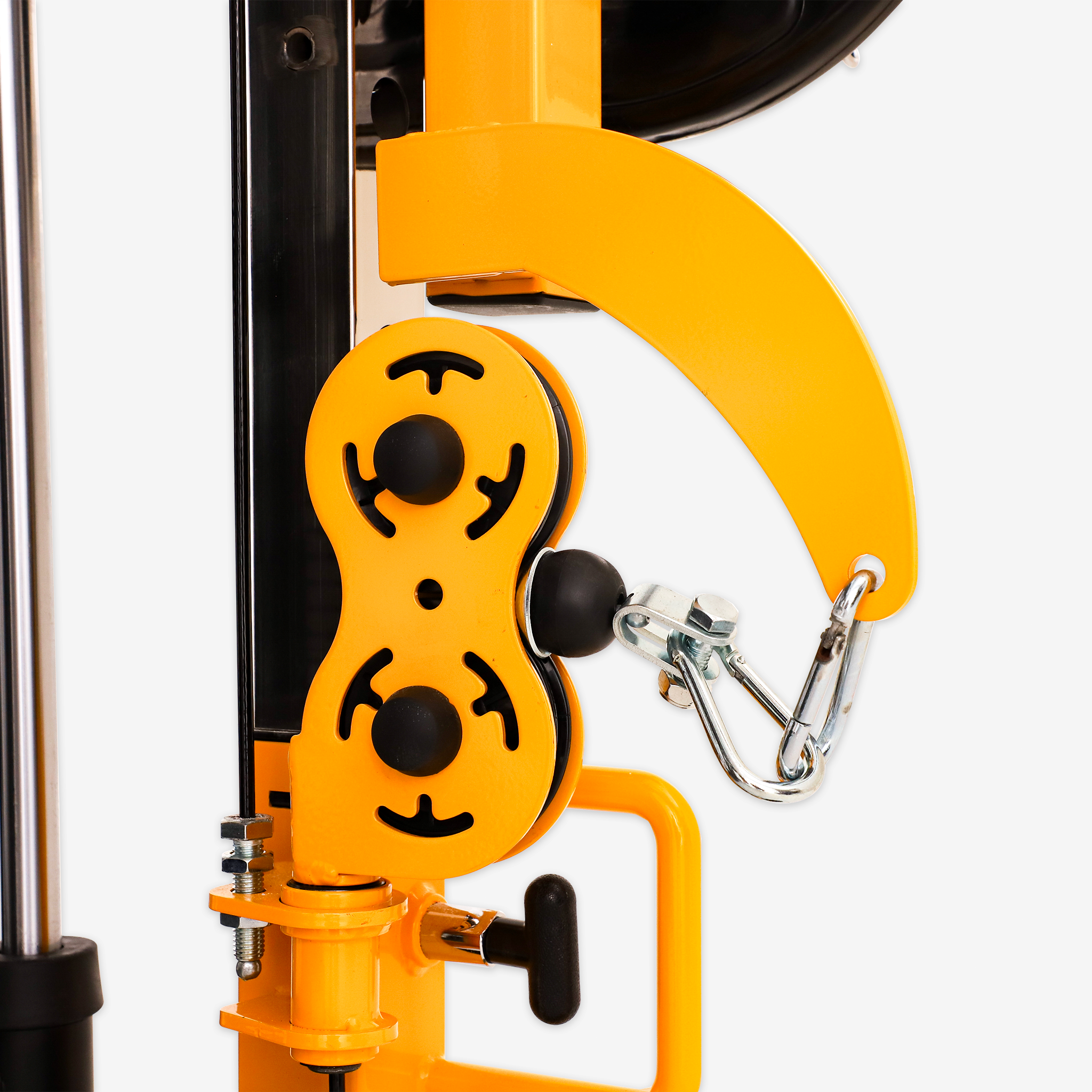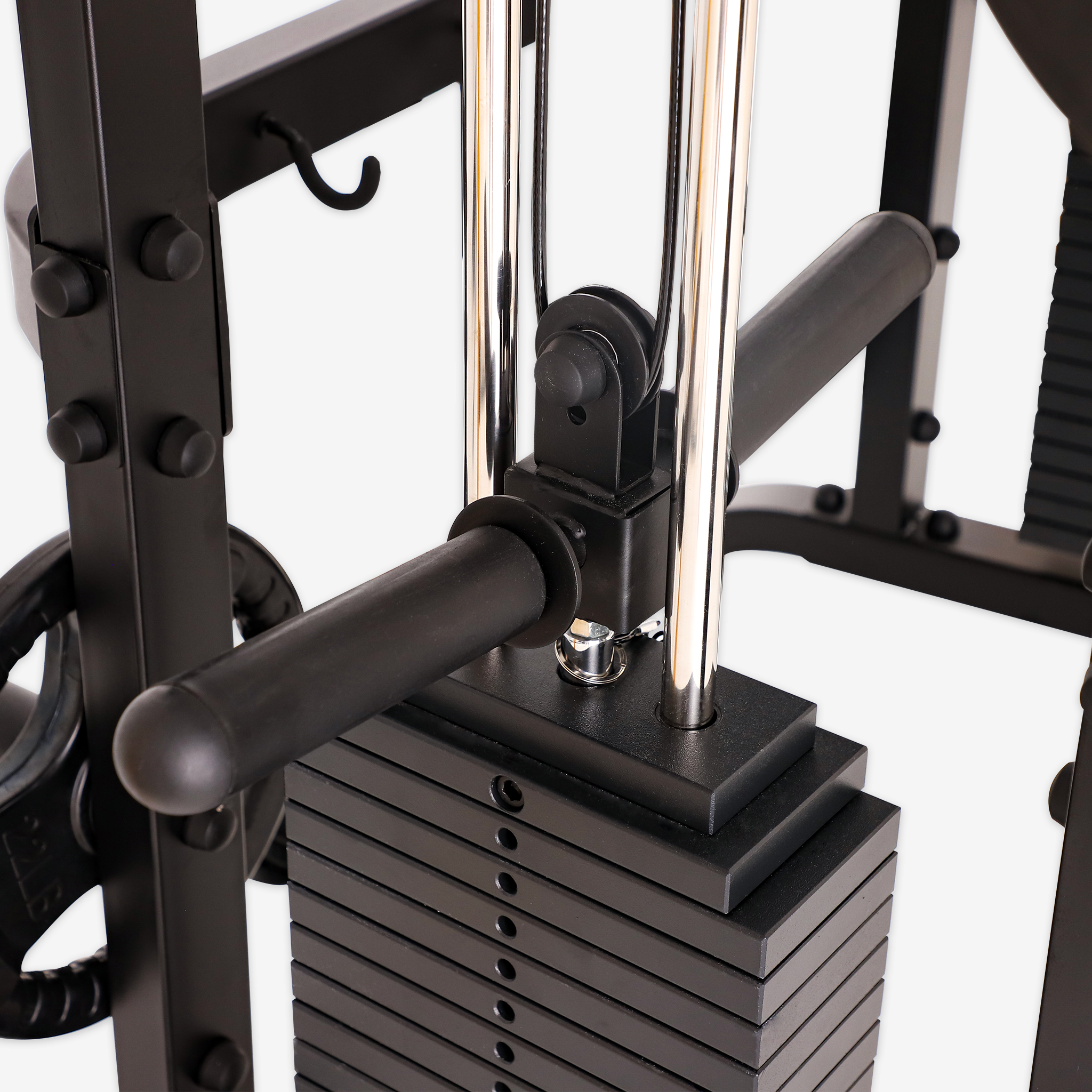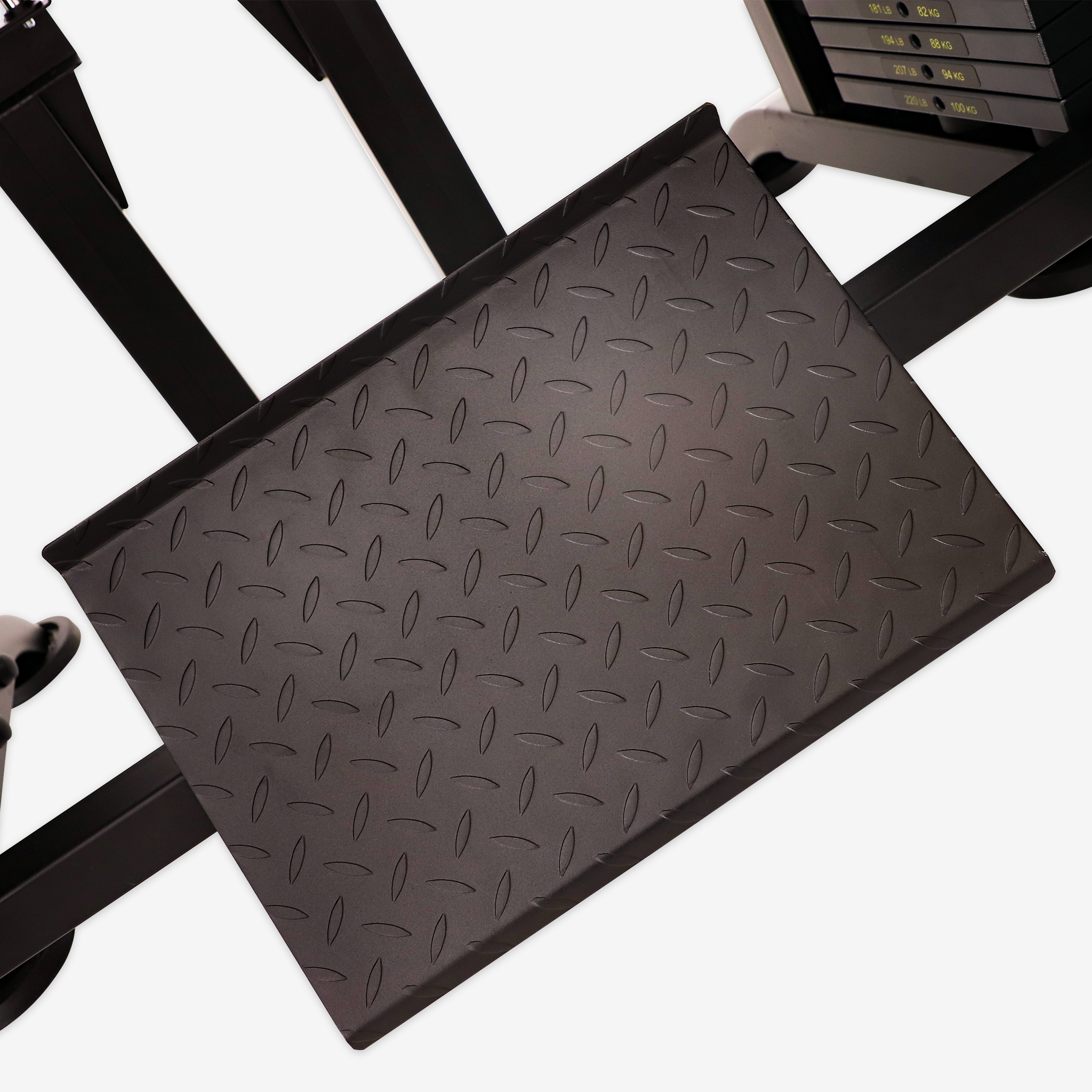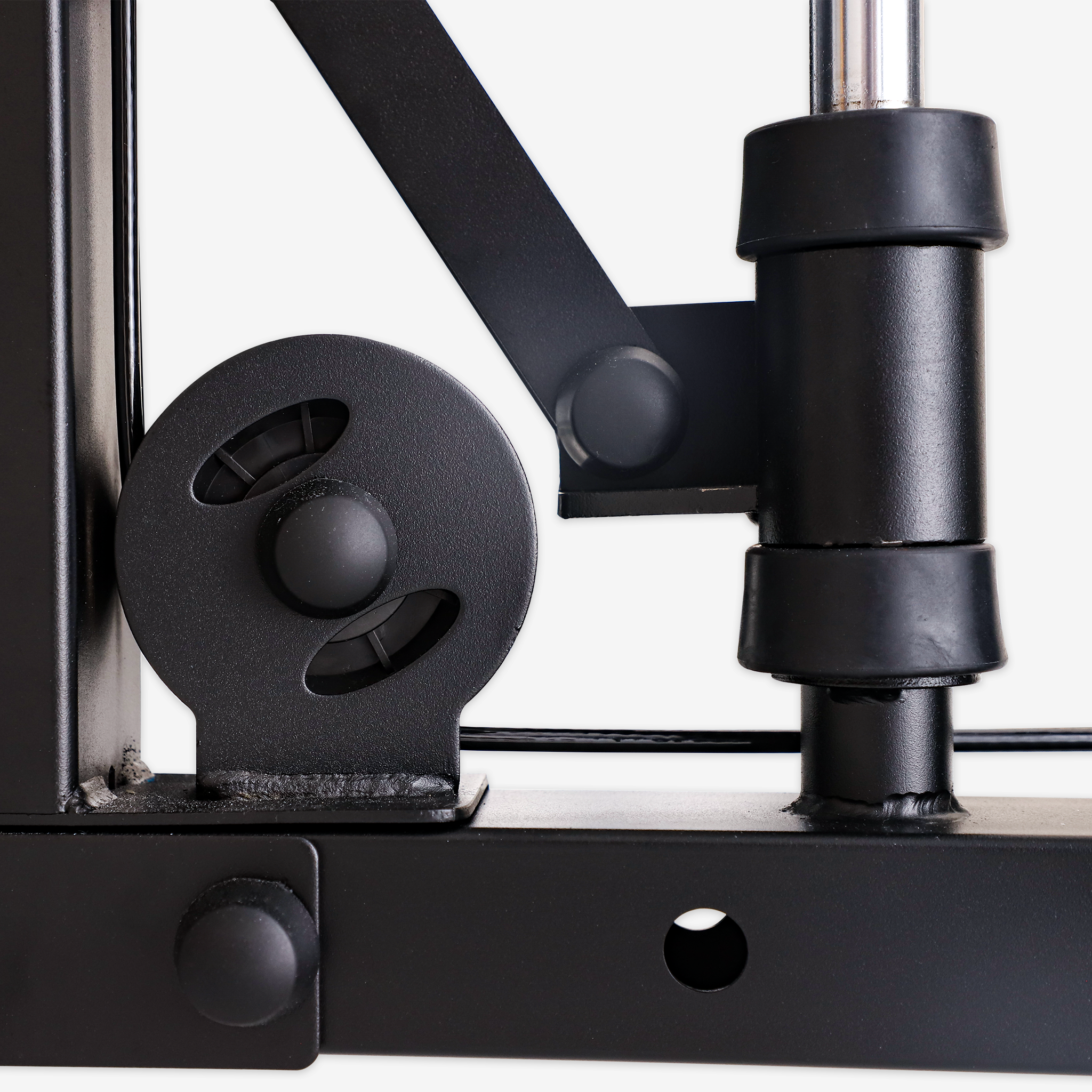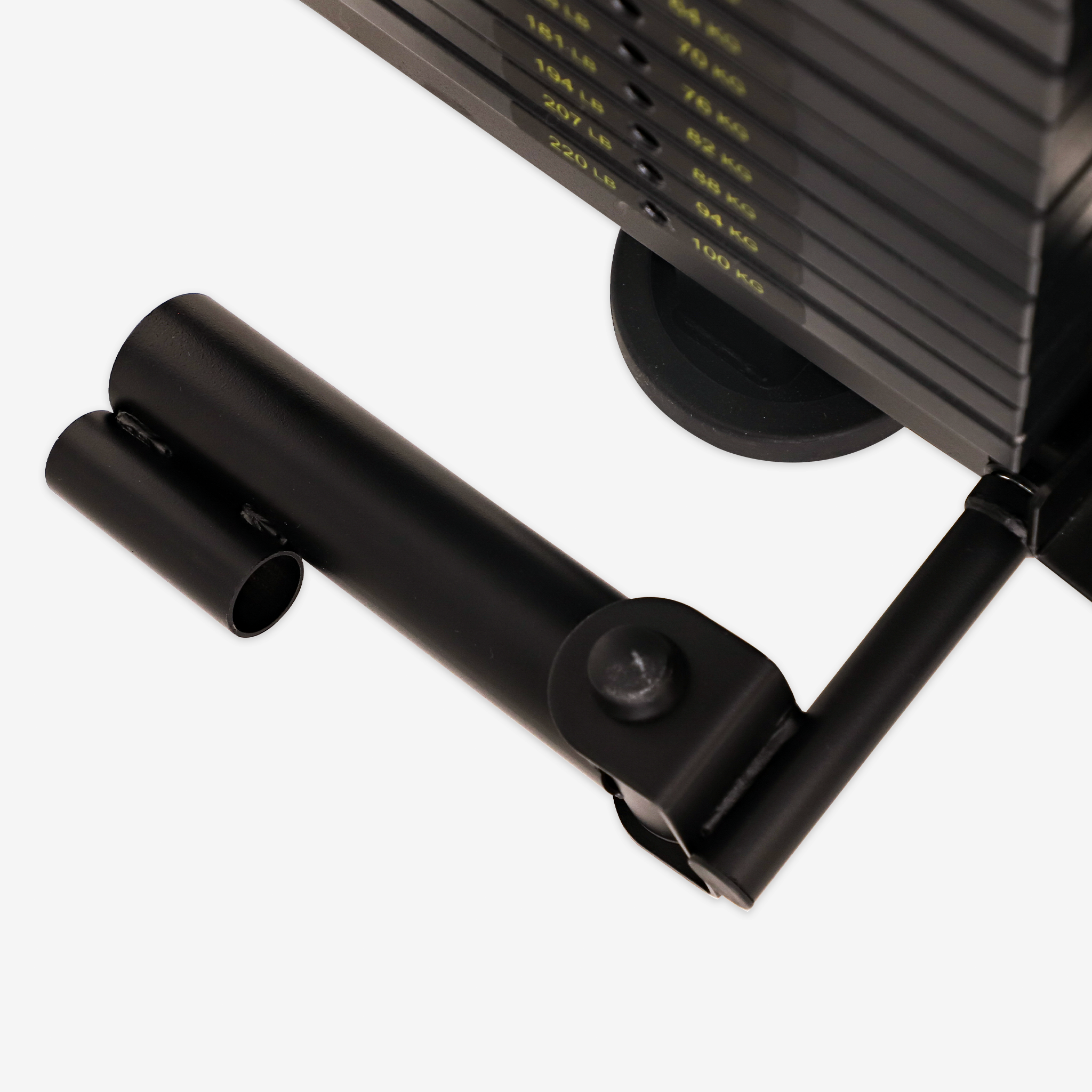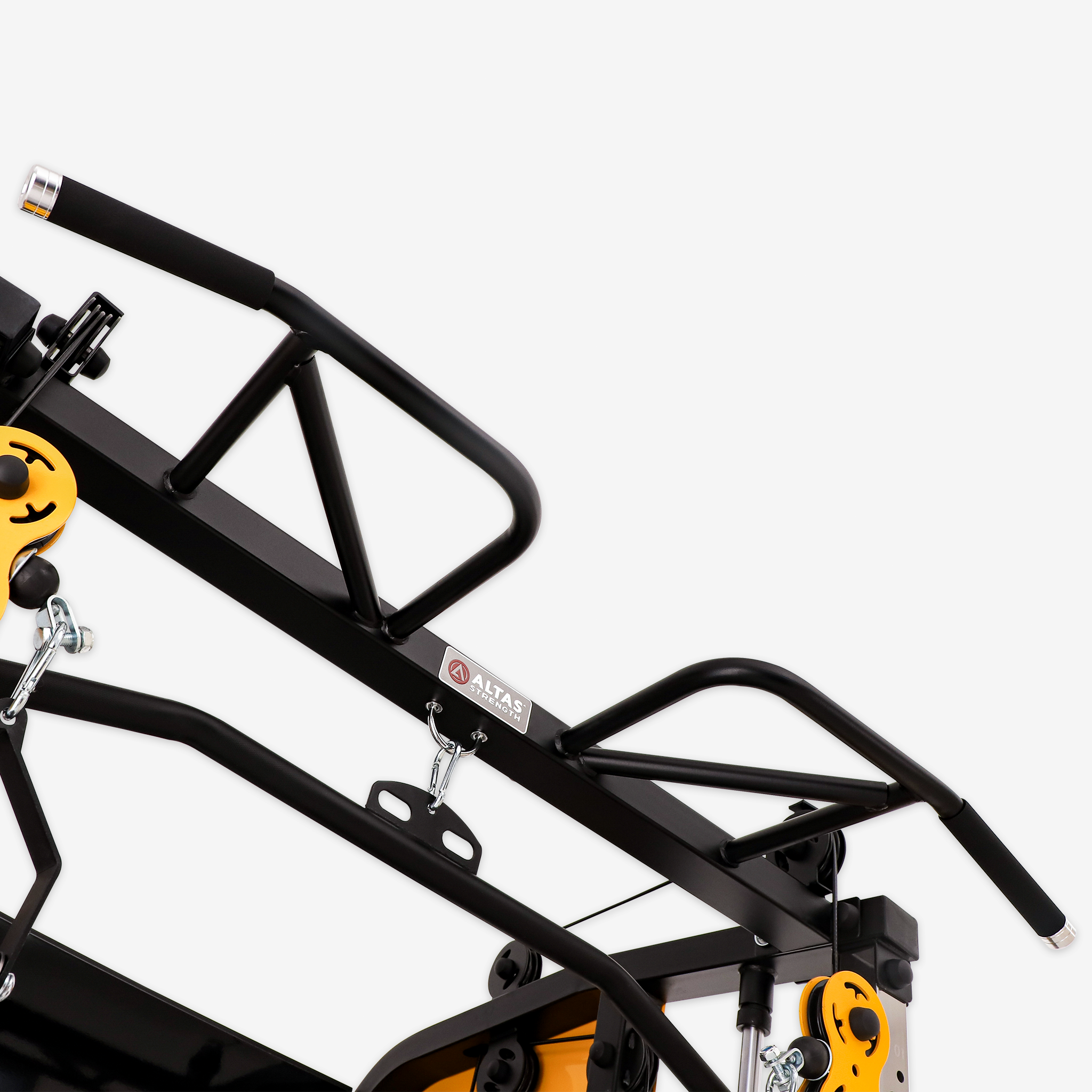In recent years, the home gym has emerged as an essential part of modern family life. More than just a place to exercise, it represents a flexible, efficient, and cost-effective solution for improving health, encouraging family bonding, and maintaining fitness on your own schedule.
I. The Necessity of a Home Gym
With rising living standards and a growing focus on health, families are seeking better ways to incorporate wellness into their daily routines. A home gym offers a private and convenient solution, helping adults manage weight and build strength, while providing children with a safe environment to stay active. Unlike crowded traditional gyms, home gyms allow you to work out whenever you want—no travel, no queues, no distractions.
II. Key Considerations for Home Gym Design
1. Space Selection and Layout
Choose an area like a basement, sunroom, or spare room with good ventilation and lighting. Avoid placing the gym next to quiet areas such as bedrooms or studies for optimal comfort.
2. Functional Zoning and Equipment Configuration
Design your home gym in zones:
-
Cardio zone: Treadmills, ellipticals, or stationary bikes
-
Strength zone: Dumbbells, multi-station trainers, Smith machines
-
Flexibility zone: Yoga mats, resistance bands
-
Consider foldable or compact machines for smaller spaces.
3. Interior Style and Materials
A clean, practical, and calming design using materials like shock-absorbing rubber flooring or warm wood finishes can enhance the exercise atmosphere.
4. Ventilation and Lighting
Install fans or air purifiers if necessary. Maximize natural light where possible, or use soft artificial lighting to keep the room energizing and comfortable.
III. Functional Zones of a Home Gym
Cardio Area
Ideal for full-body workouts using machines like treadmills, rowers, or cycling bikes.
Strength Training Area
Use dumbbells, barbells, and adjustable benches or cages to build muscle and improve endurance.
Rest & Entertainment Area
Incorporate a small relaxation zone with a sofa, TV, or greenery to unwind after workouts.
Auxiliary Functions
Add storage for towels, water bottles, and small accessories to keep your space organized.
IV. Long-term Benefits of a Home Gym
-
Cost Savings: Reduce or eliminate gym memberships, transportation, and incidental fees.
-
Health and Wellness: Promote long-term fitness habits while boosting immunity and overall well-being.
-
Family Bonding: Exercise becomes a shared activity that strengthens relationships.
-
Flexible Schedule: Train anytime, no waiting for machines or commuting to the gym.
-
Customized Setup: Personalize your space with smart equipment, entertainment, or wellness features.
V. Conclusion
A home gym is more than a trend—it’s a lifestyle upgrade that supports healthier living, stronger family connections, and personal empowerment. With thoughtful planning and the right equipment, your home can become your favorite place to work out.

